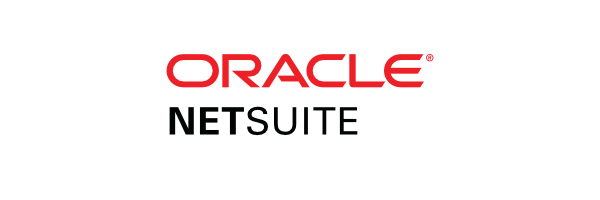INVENTORY PLANNING & OPTIMIZATION
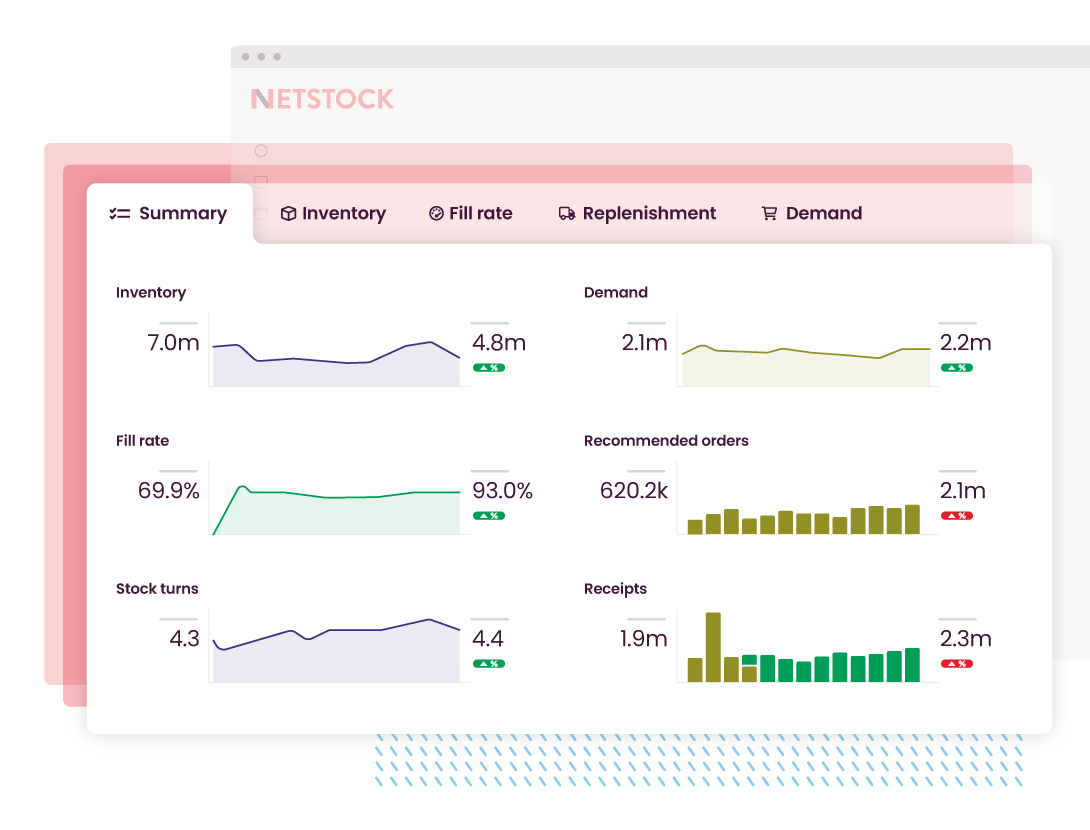
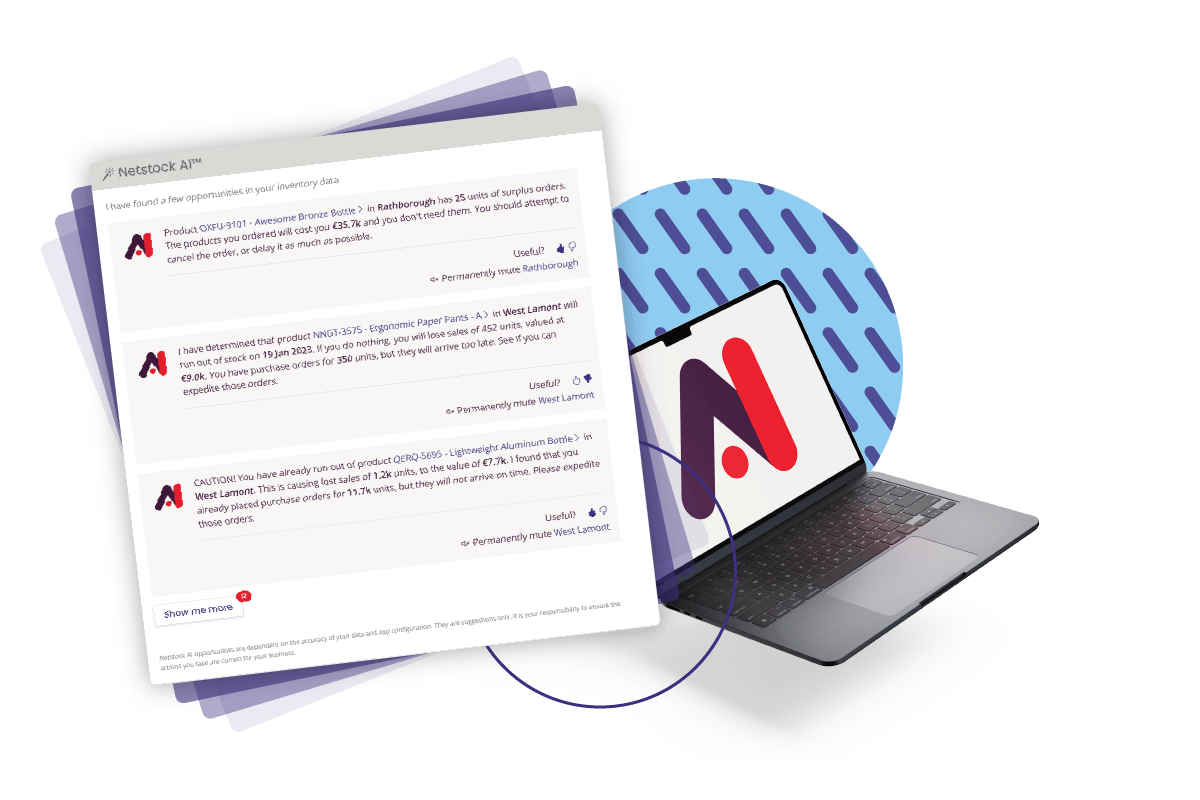
Netstock Opportunity Engine™
Are you tired of stock-outs and excess inventory? This powerful AI feature instantly analyzes inventory data across all locations, identifying critical issues and offering real-time recommendations. Prevent inventory problems before they happen! Save time and free up cash—make smarter, faster decisions today!
Inventory insights that power growth
Maximize the value of your inventory investment
Use predictive demand to make smart inventory decisions
Capture lost sales & revenue — and drive customer satisfaction
Hit fill rates and prevent stock-outs
Reinvest capital savings to power strategic goals
Free working capital tied up in overstock
Eliminate excess stock and shortages across multiple warehouses
Redistribute inventory to where it’s needed most
Netstock layers predictive intelligence on your ERP data
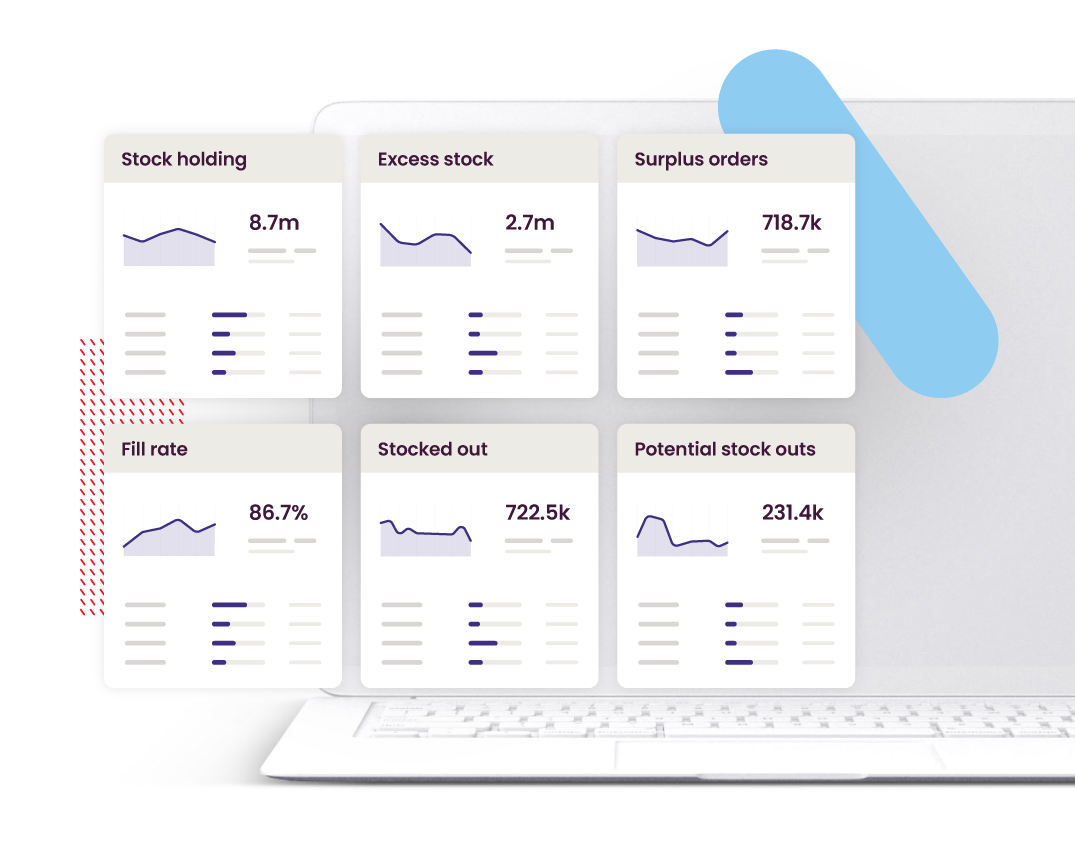
Inventory visibility
No more manual data gathering and painstaking spreadsheet management. Netstock automatically aggregates data from your ERP system, taking in supply chain and sales inputs to show you where you’re losing sales and revenue from stock-outs, and where you’re overinvesting in excess stock, all in a single view.

Automatic inventory classification
See the business value of every item in the warehouse. Netstock automatically classifies every item based on sales value and sales velocity, creating an intuitive matrix of product importance. This holistic inventory profile allows you to focus on your business’s most profitable and highest-demand items.
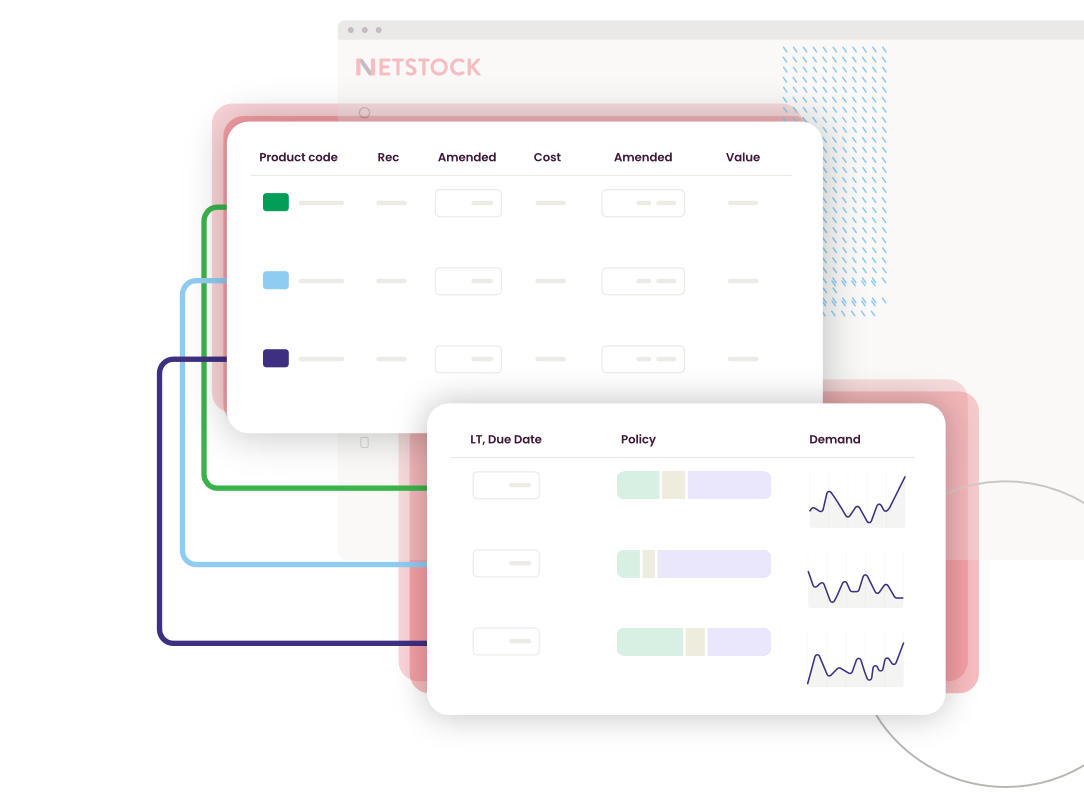
Prioritized dashboard
Netstock’s personalized and prioritized dashboards are pre-configured to show you the KPIs and metrics that matter most for your business and easily track performance. See the Top 5 SKUs under each KPI, such as stock-outs, excess stock and fill rate, and their classification, to recognize issues that require urgent attention and focus on actions that make the biggest business impact.
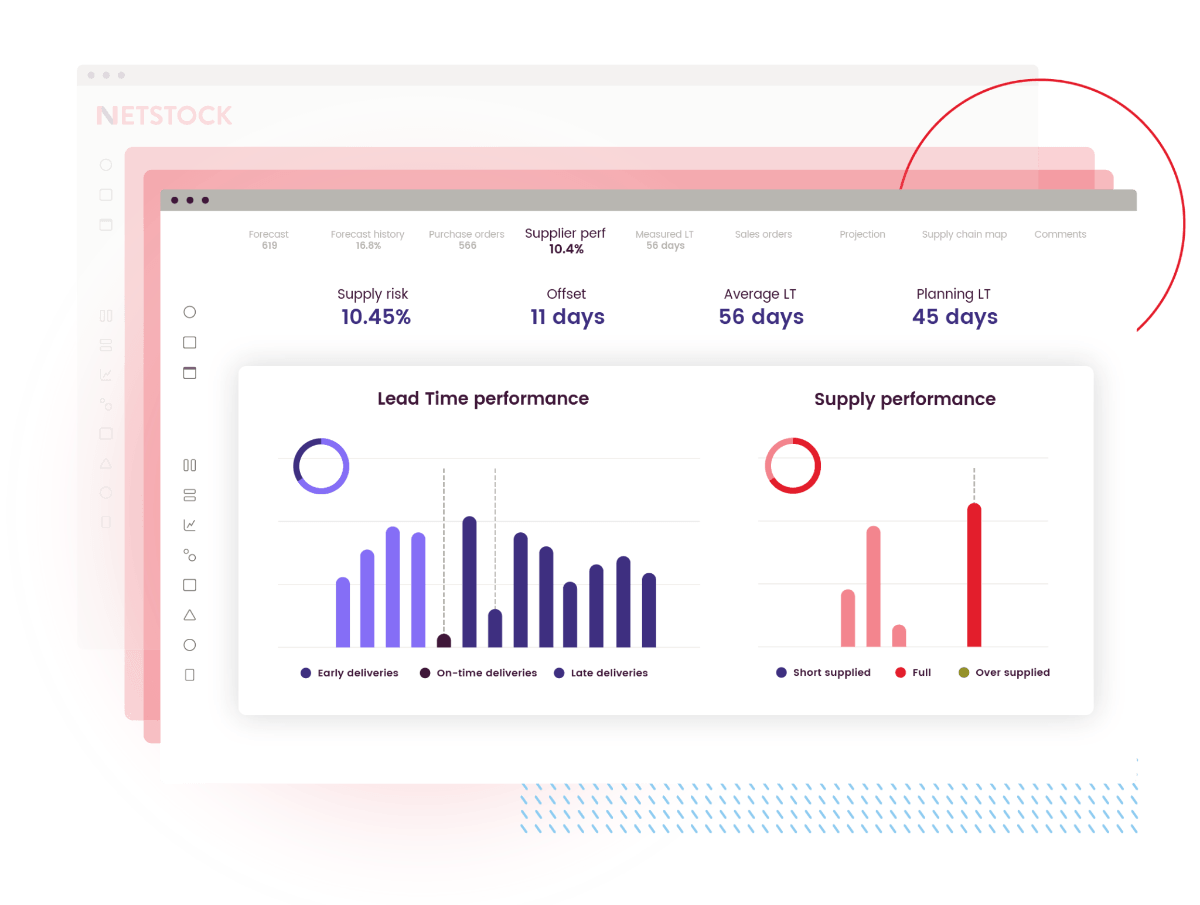
Accurate planning
Efficiently replenish stock while reducing operating costs through multi-tiered distribution channels with material requirements planning that comply with ordering constraints such as MOQs, vehicle loading, lot sizes, and lot expiration dates.
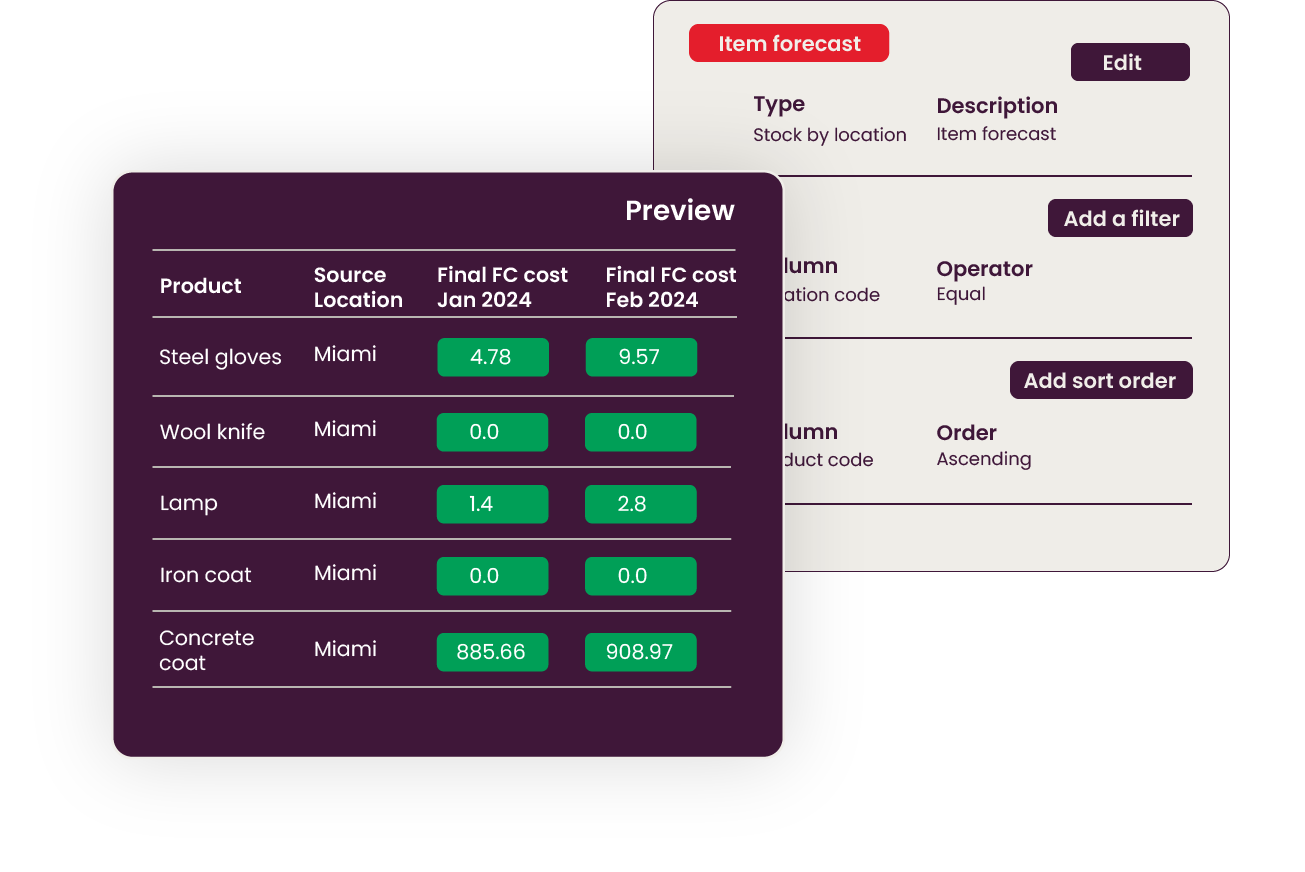
Custom reporting
Netstock’s Report Builder functionality allows you to build unlimited bespoke .xlsx reports on the go, containing direct, concise information you need for your business’s daily operations. Collaborate with team members and share findings to drive better decisions. Create instance-specific or private reports (ad-hoc or batch scheduled), add filters, and define sorting criteria. Instantly preview your report before finalizing it to ensure it meets your expectations.

Opportunity Engine
The Opportunity Engine™ is AI functionality designed to prevent issues before they occur by analyzing inventory data across all locations. It suggests real-time actions to optimize stock levels, predict stock-outs, and reduce excess inventory. This prompts users to expedite orders and prevent lost sales. Users also have the option to vote on these suggestions, allowing the engine to learn and customize its recommendations.
Set inventory policy in line with your business goals
Balance your inventory levels and financial investment with a data-driven inventory policy based on each product’s classification and risk profile. Reduce the impact of disruptions by modelling and measuring the impact of different policy decisions to reduce the risk of overstocking or stock-outs.
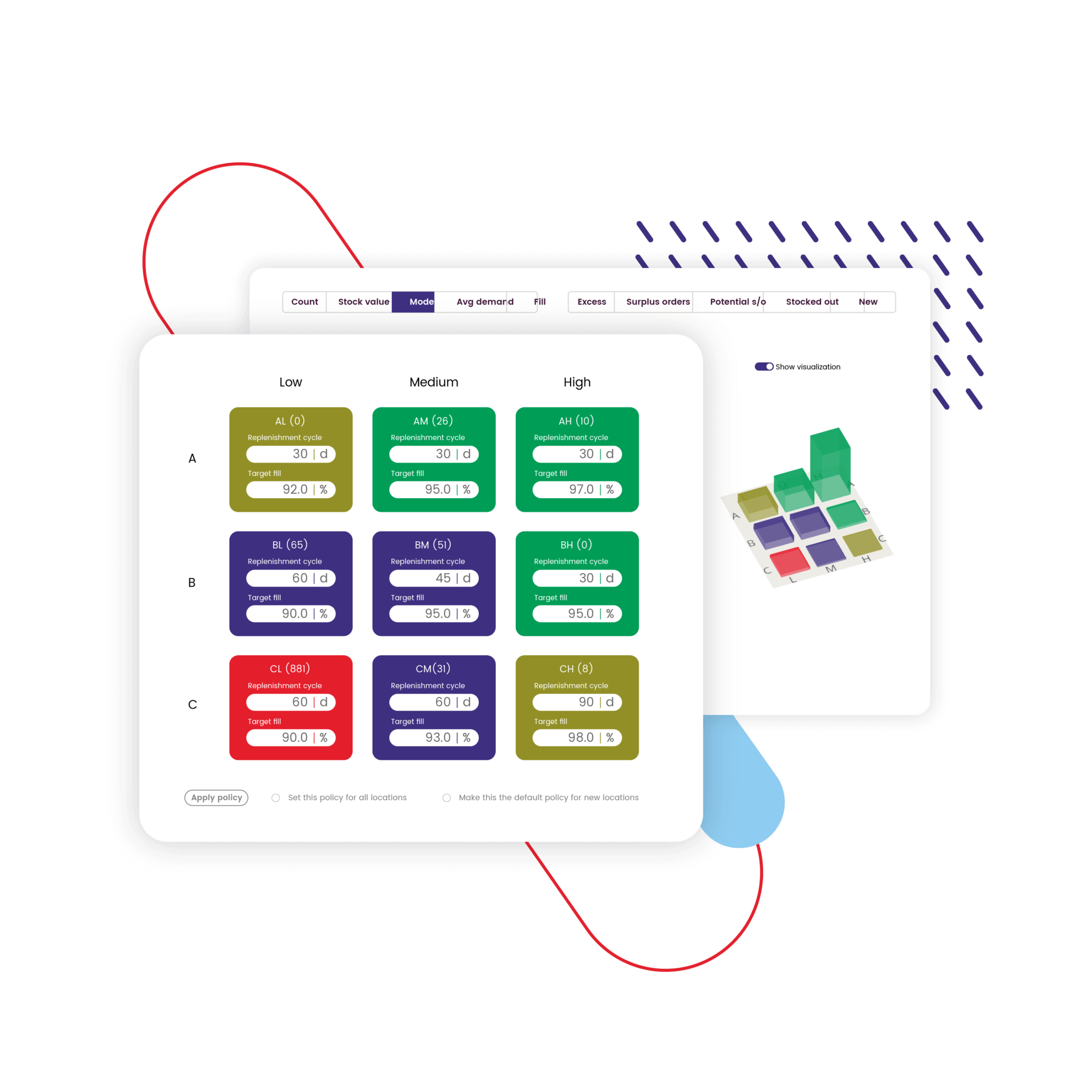
Classify products to increase visibility
Group stocked products according to their sales and velocity and set the replenishment cycle and target fill rate in line with each product’s classification. Gain immediate visibility into each classification’s policy such as stock value, calculated model stock value, average monthly demand, achieved fill rate, and target fill rate.
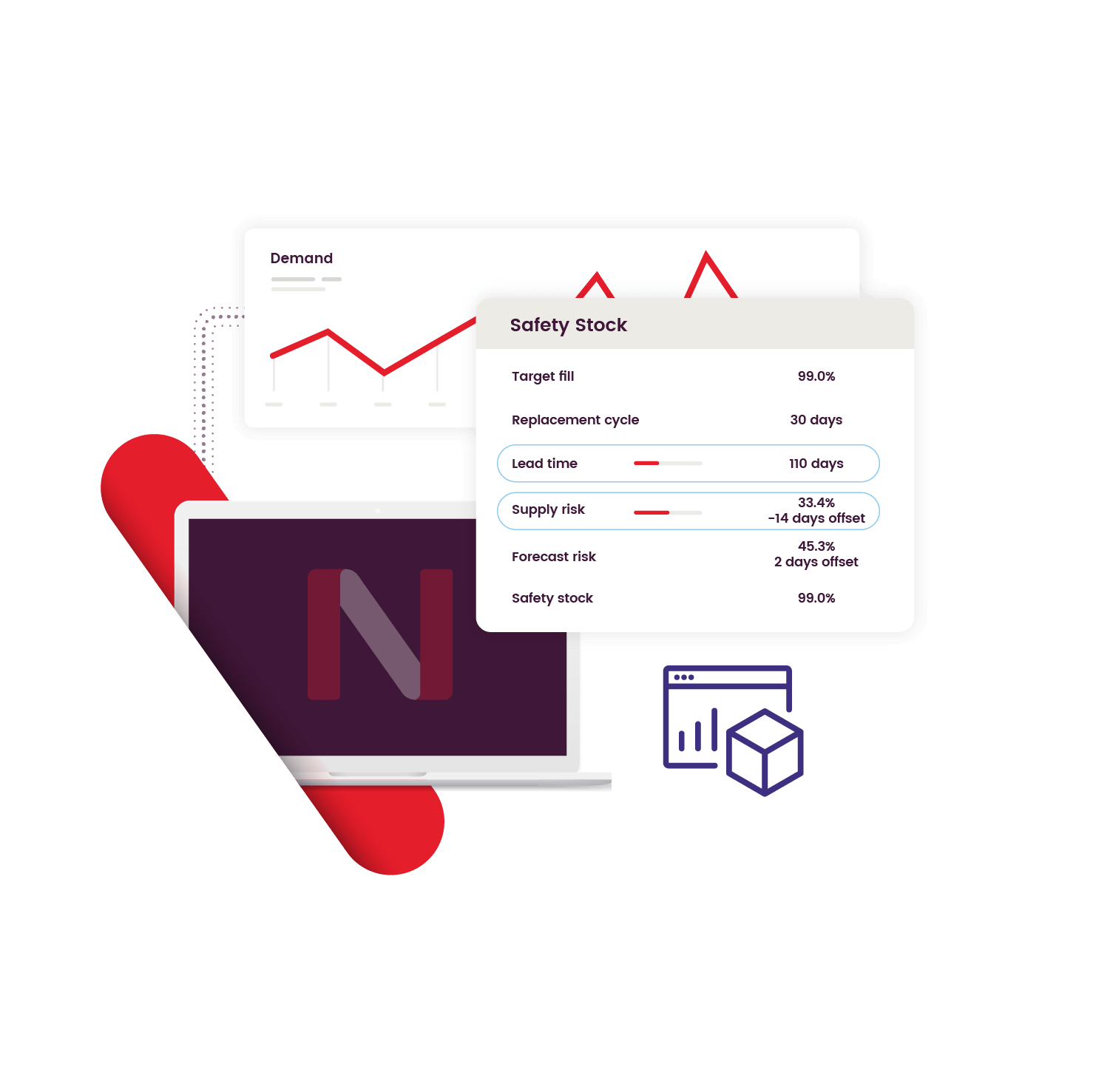
Set the right safety stock for stocked items
Safety stock is designed to mitigate supply and demand risk. When the stock level reaches this minimum level, the stock will automatically be replenished to fill the forecasted demand and ensure that the target fill rate is achieved.
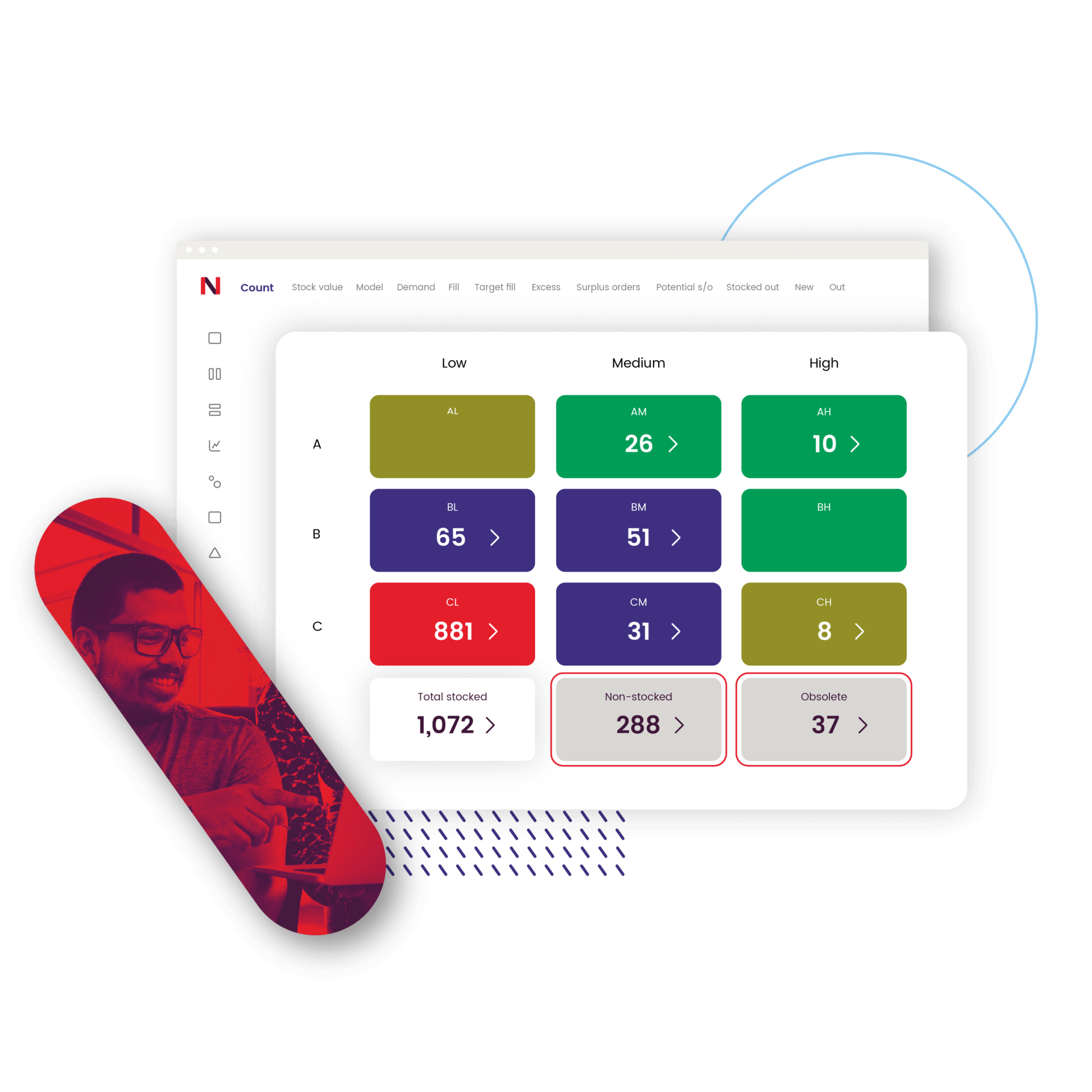
Identify obsolete and non-stocked items
Setting the correct stocking indicator is essential to replenishment and determines what data is applied when calculating the recommended order. Non-stocked items are only replenished when a customer places an order and the goal is to hold zero stock. Obsolete items will never be ordered, there can be stock, and it can be sold, however the stock is never replenished.

Refine your inventory policy
Set the inventory policy at a national level or by product or location if you have multiple stocking locations for an item. The policy allows for flexibility, enabling you to create manual policy overrides to a specific policy for an individual product, location, or supplier.
Comprehensive visibility for Executive Teams into business performance
Create a data-driven inventory policy
Your customized dashboard gives you at-a-glance visibility and prescriptive, prioritized recommendations to drive inventory optimization. Netstock enables you to set smart inventory policies that support your business goals, drive rapid and meaningful improvements and realize significant capital savings.
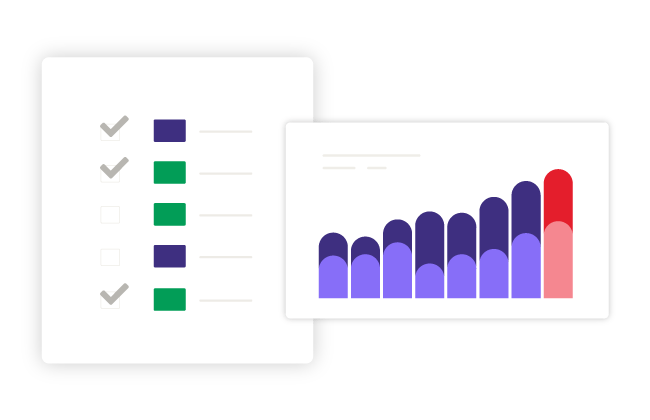
Set target fill rates
Set fill rates by prioritized categories and track performance in real time.
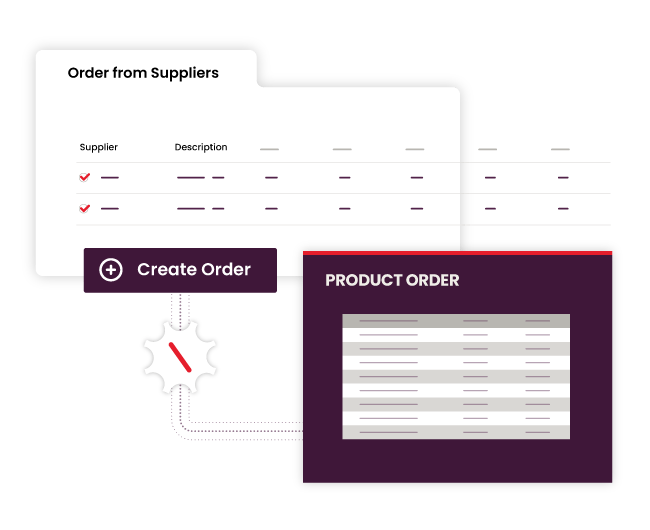
Optimize ordering
Set ordering policies that balance dynamic lead times and supply risk to order the right amount at the right time to hit fill rate targets.
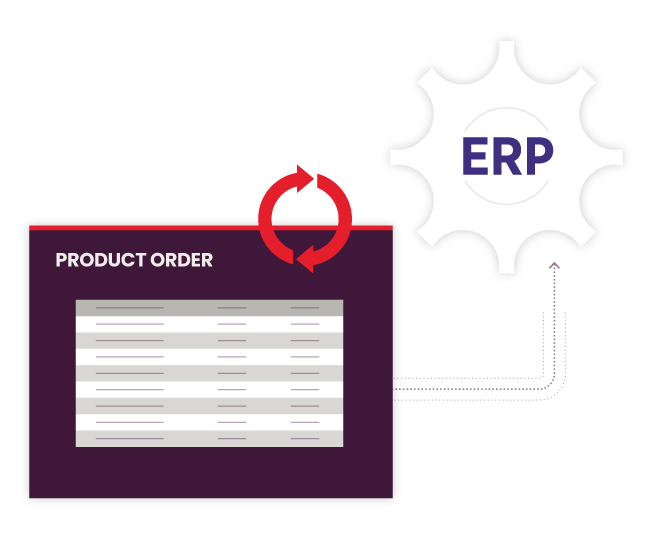
Automate ordering
Netstock automatically generates optimal orders based on your data-driven inventory policy — and seamlessly feeds that order information back into your ERP system.
See everything Netstock can do for you
Enhance inventory visibility
See all your inventory KPIs in a single dashboard and get prescriptive and prioritized recommendations on SKUs important to your growth. Model the impact of various inventory policy decisions and measure the outcome of each scenario.
Improve forecasting and Demand Planning
Enhanced with machine learning, generate improved forecasts that factor in trends, seasonality, promotions, and supply chain disruptions.
Accelerate inventory orders
Generate recommended orders to restock products across your network and create a balanced inventory holding. Create risk-optimized orders for each SKU and automatically send them to your ERP system with a single click.
Optimize manufacturing
Break down silos and create a central source of truth to drive confident, synchronized decision-making. Align operations and supply chain plans with sales, marketing, and financial strategies.
Measure supplier performance
Monitor and measure product-specific lead times and overdue orders. Leverage supplier performance metrics to negotiate terms that reduce lead times and mitigate supply risk.
Develop scenario models
Optimize production plans and view real time visibility. Work with multi-level bills of material, resources, and kits. Create multiple demand-supply scenarios to easily distribute important data to stakeholders.
Forecast demand predictably
Generate flexible predictions based on individual products, product groups, sales channels, and key customers, allowing for top-down, bottom-up, and middle-out forecasting methods.

FREE RESOURCE
AI and Supply & Demand Planning: What You Need to Know
Explore how supply & demand planning software enhanced with AI empowers you to remain competitive and fulfill customer demands with unmatched agility, speed, and precision.



